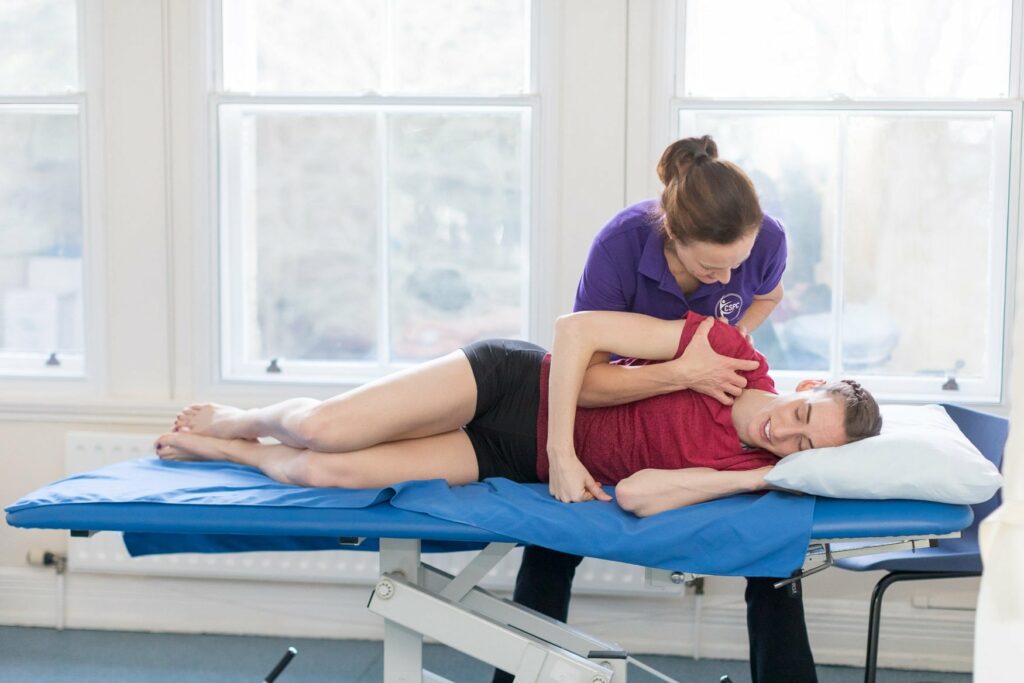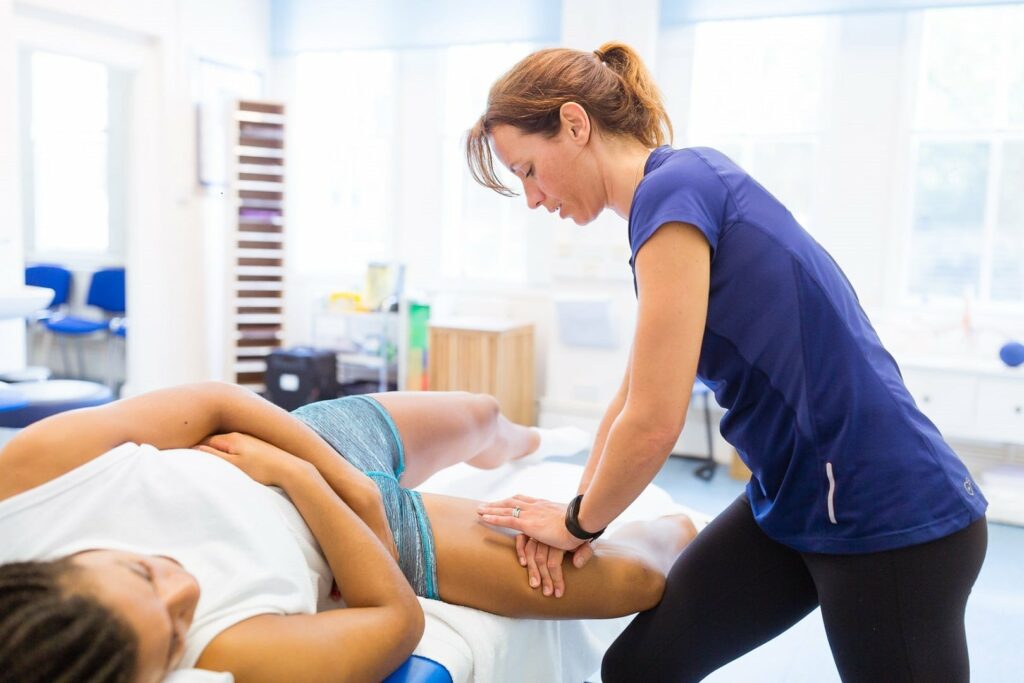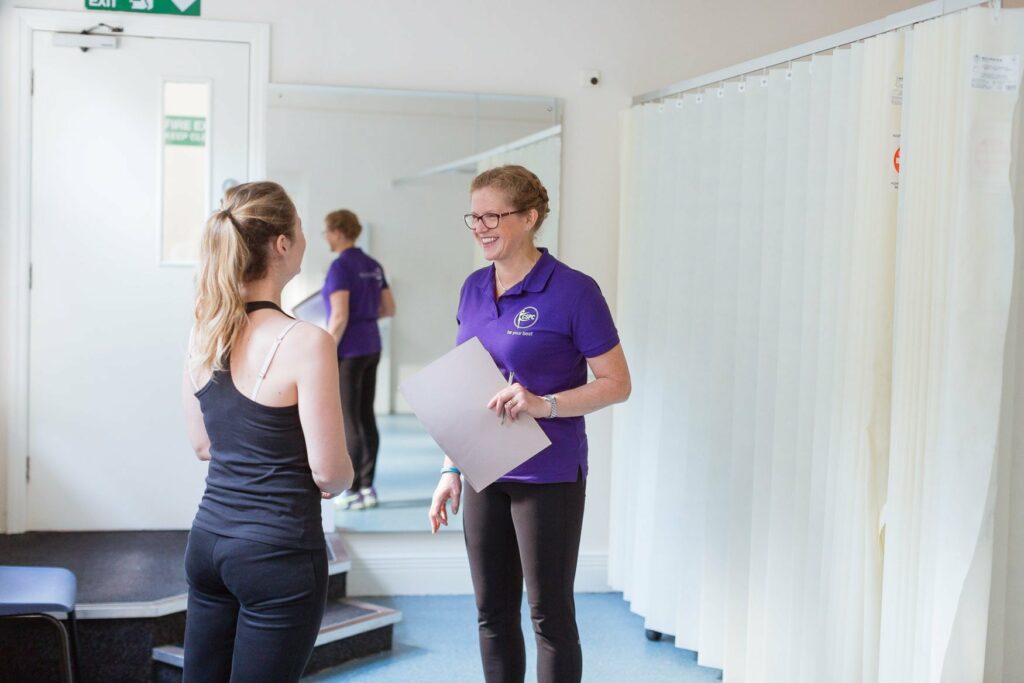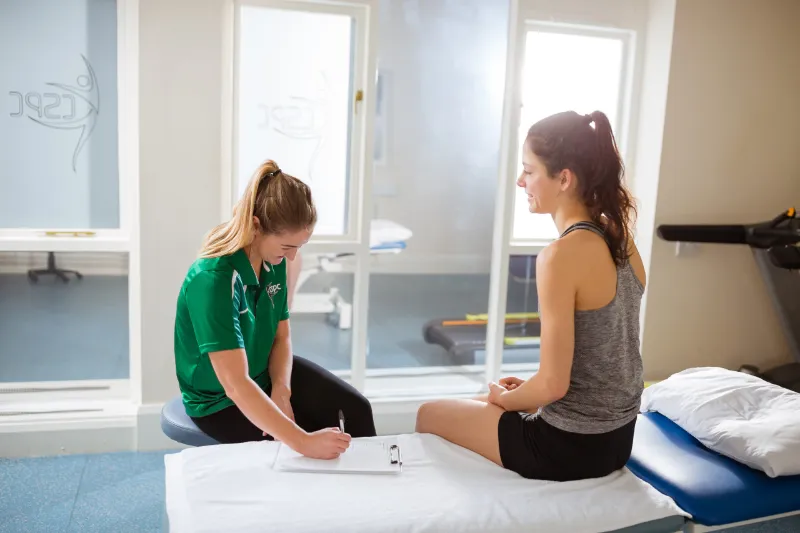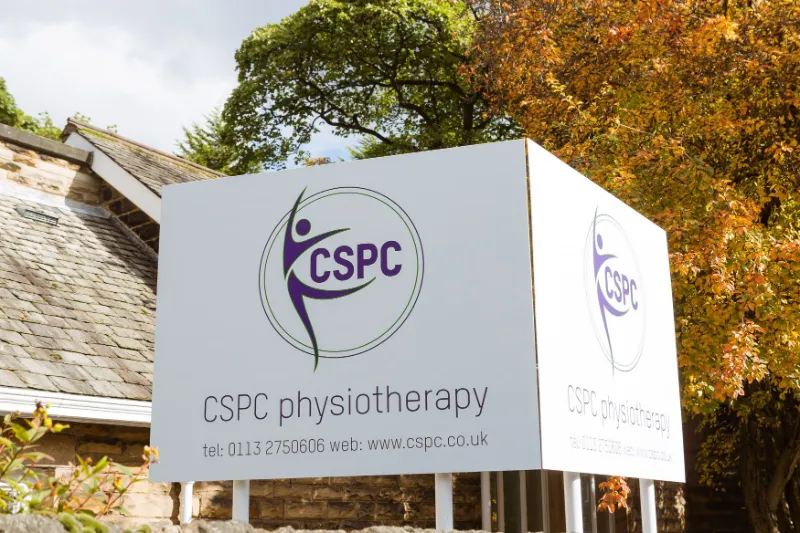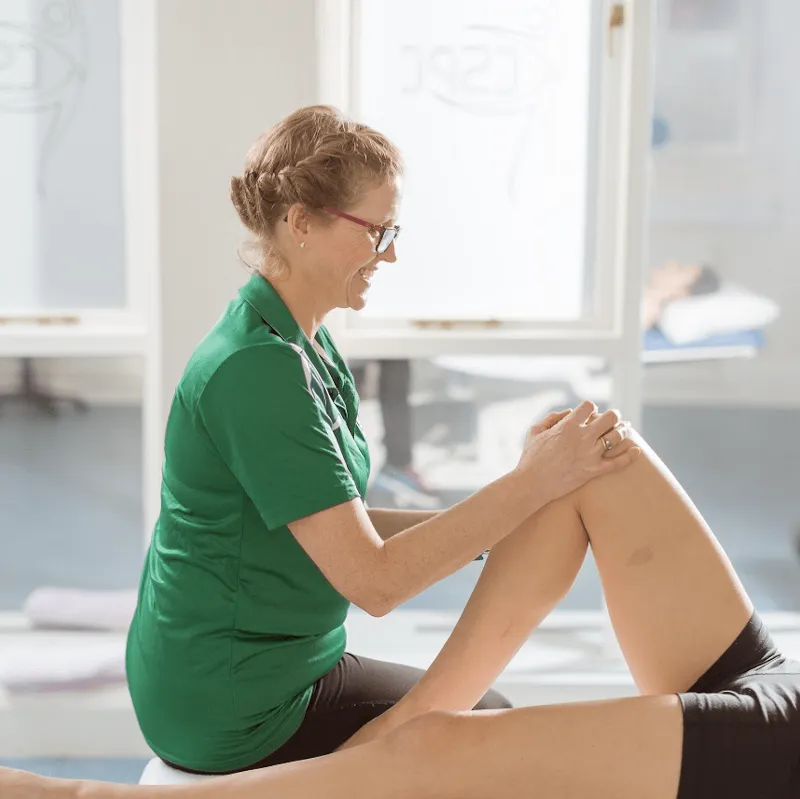Foot and ankle pain
There are a variety of differing causes of ankle and foot pain which often overlap and are multifactorial. Below is a brief list of the common issues that we see in clinic. Physiotherapy can help to work out why your ankle or foot is sore, and how to address it.
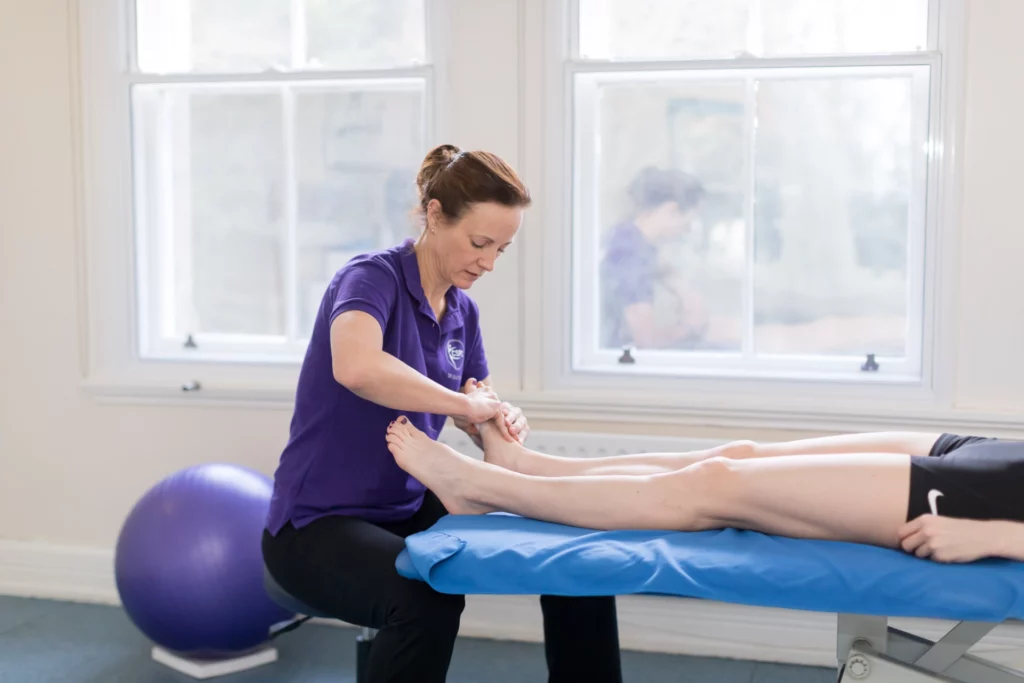
This will need medical attention and require offloading on crutches and a boot or plaster cast until the fracture is healed. After this point, you may need to have the foot and ankle joints mobilised if they have become stiff and painful to walk on. You will also need to stretch and strengthen the calf muscles as they will have become tight and weak with offloading. You may also need to be reminded of how to walk properly through the foot.
How do we help you get back on the road to recovery?
Here at CSPC, we have a wide range of treatment options to help get you off the physio bed and back out and about doing whatever you want to do. The physiotherapist will take a thorough case history and assess your foot and ankle, and also joints further up the lower limb. Treatment can include
- Mobilisation of the foot and ankle joints
- Soft tissue treatment
- Strengthening and stretching advice
- Specific and focused home exercise programme
- Shockwave Therapy
- Taping and sports strapping
- Training advice and load monitoring
- Retraining of running technique
- Referral to podiatry if necessary for leg length assessment and biomechanical analysis
- Onward referral for imaging or consultants if required (self-funded or via private medical insurance or a letter to your GP)
To book an appointment, please call reception on 0113 2750606
MEET THE TEAM
Constantly challenging ourselves to be the best
GET IN TOUCH
If you have any questions, are ready to book an appointment or are planning your trip to see us then you’ll find all the information you need below.
See why patients
love CSPC Physiotherapy

